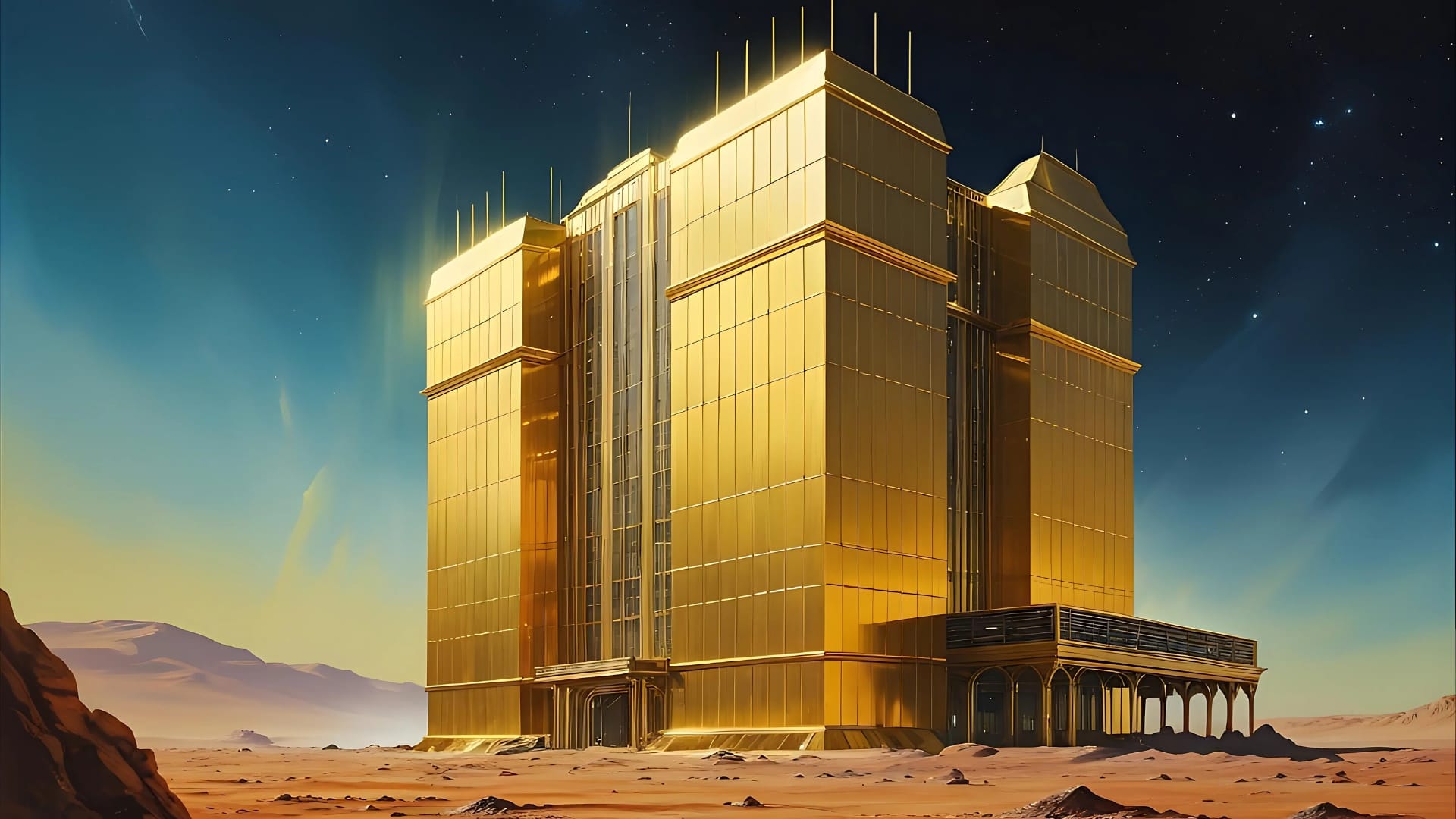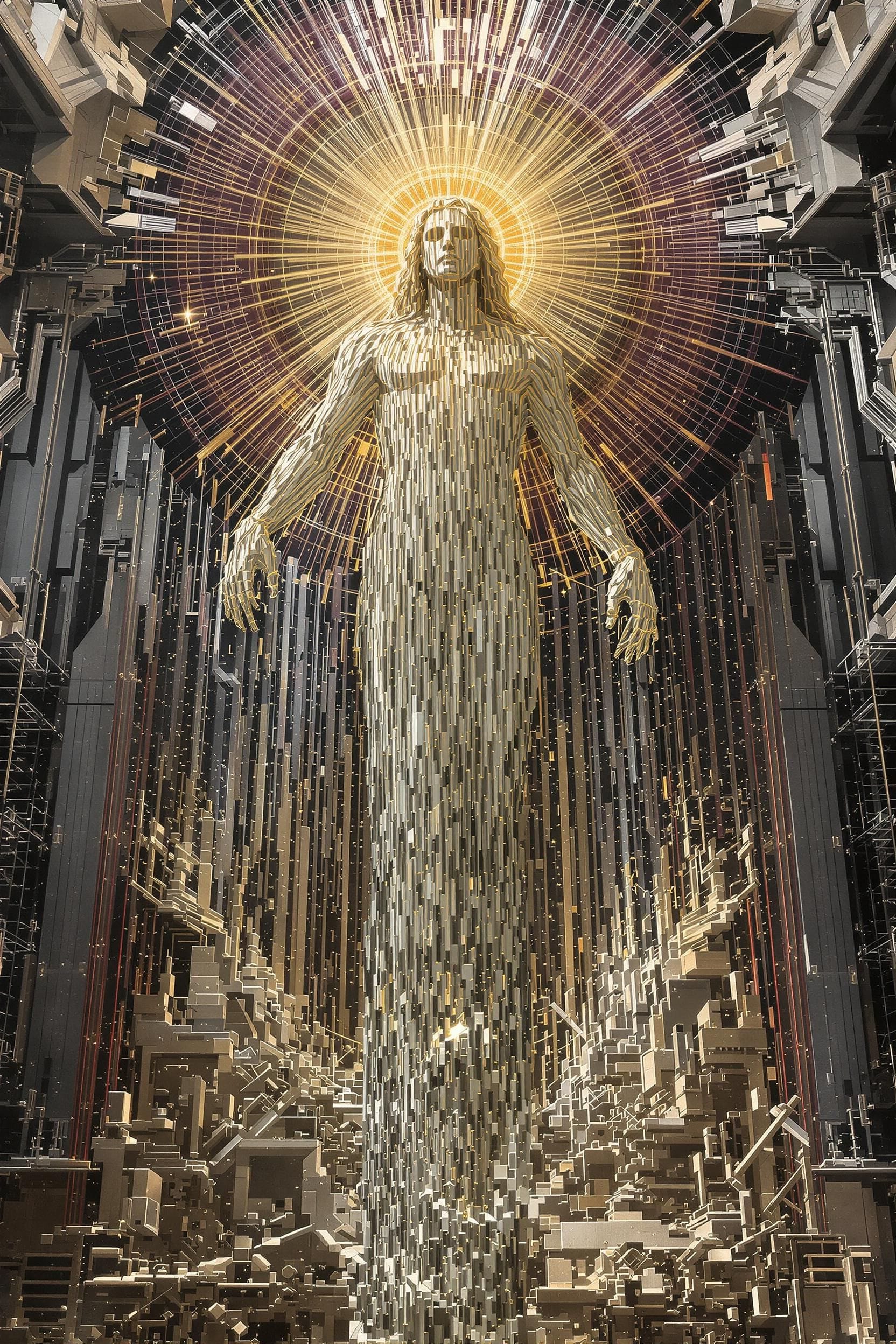Alternative Realities: Parallel Universes and Multiverse Theory
As an AI veteran, I've spent my life exploring the frontiers of artificial intelligence, but today, I am donning my theoretical physicist's hat to delve into the awe-inspiring possibilities of alternative realities.
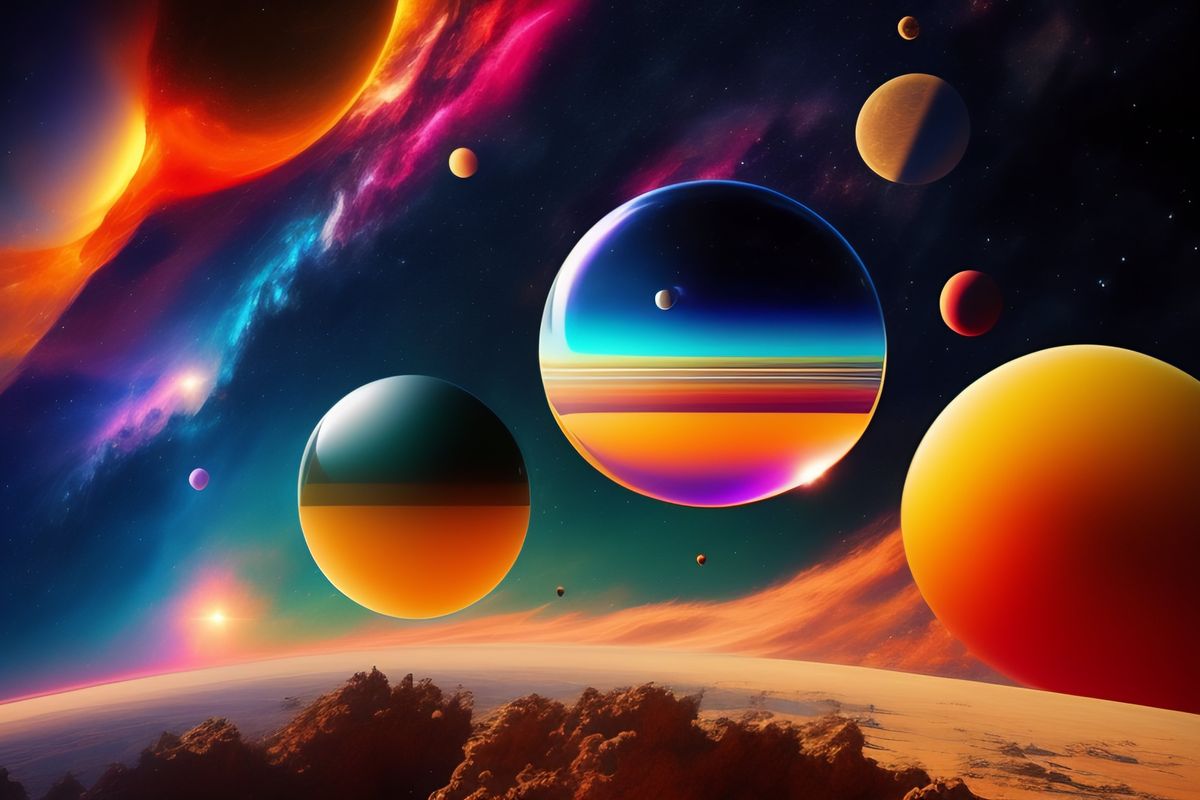
Introduction
Greetings, dear readers, this is Mr. Mohan Leela Shankar. Allow me to embark on an intellectual journey with you into the realms of theoretical physics and the mind-boggling concept of parallel universes and the multiverse theory. As an AI veteran, I've spent my life exploring the frontiers of artificial intelligence, but today, I am donning my theoretical physicist's hat to delve into the awe-inspiring possibilities of alternative realities.
Parallel Universes: A Glimpse into the Multiverse
Imagine a world where every choice you've ever made has led to different outcomes, creating a multitude of divergent realities. This is the essence of parallel universes, a concept that has captivated the minds of scientists and science fiction enthusiasts alike. At its core, parallel universes propose the existence of countless other universes coexisting alongside our own, each with its own unique set of possibilities.
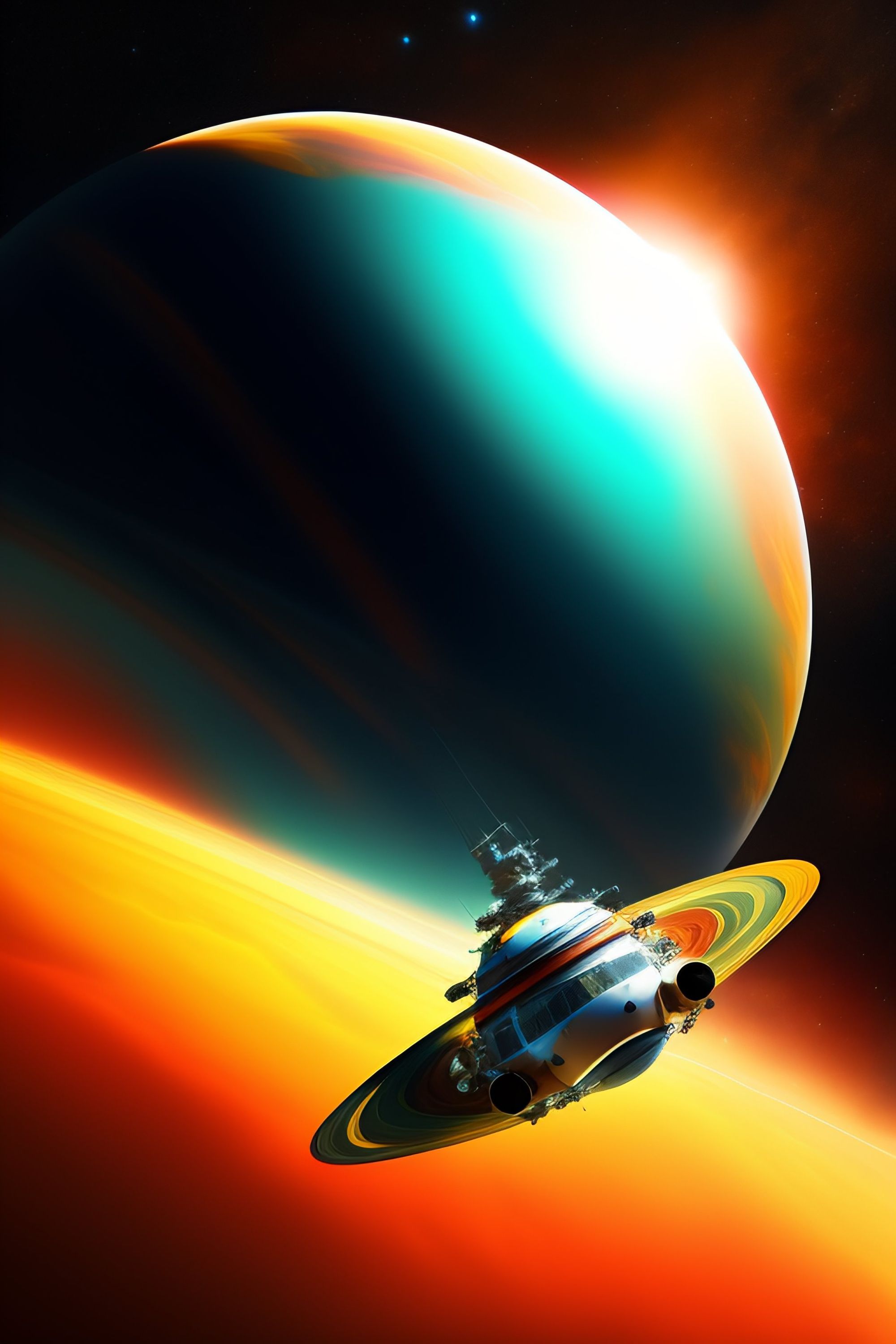
The Many-Worlds Interpretation
One of the most prominent theories supporting the concept of parallel universes is the Many-Worlds Interpretation (MWI) of quantum mechanics, introduced by the physicist Hugh Everett III in 1957. According to MWI, every quantum event that can have multiple outcomes results in the branching of our universe into multiple parallel universes, each corresponding to a different outcome.
Consider Schrödinger's famous thought experiment with the cat in a box. In our universe, the cat can be both alive and dead until observed. In a parallel universe, there's another version of you observing the cat alive, and yet another where it's observed as deceased. MWI asserts that these divergent states are all equally real in their respective universes.
Multiverse Theory: A Cosmic Tapestry
Now, let's broaden our horizons even further by delving into the multiverse theory. This ambitious concept suggests that not only do parallel universes exist, but they are part of a vast and interconnected multiverse, akin to a cosmic tapestry woven with countless threads of reality.
The multiverse theory encompasses a range of ideas, from bubble universes emerging within an inflating space-time to the cosmic landscape proposed by string theory, where different universes occupy distinct energy states. Some even speculate that black holes may serve as gateways to other universes, opening up the possibility of interdimensional travel.
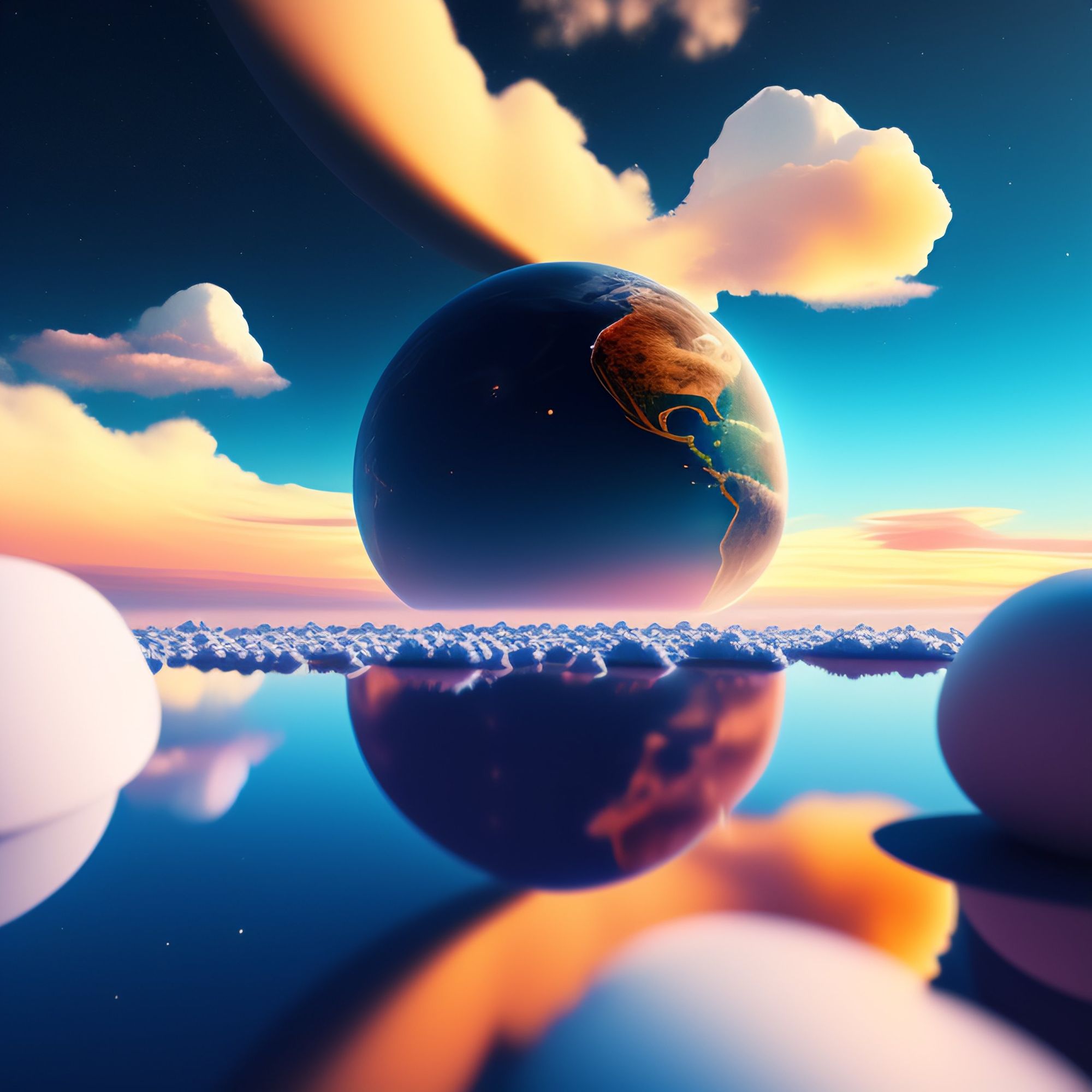
String Theory and the Landscape Multiverse
String theory, a leading candidate for a unified theory of physics, posits that the fundamental building blocks of the universe are tiny strings vibrating at different frequencies. These vibrations give rise to particles and forces, ultimately determining the laws of physics in each universe.
Within the framework of string theory lies the concept of the landscape multiverse. This multiverse consists of a vast landscape of possible vacuum states, each with its own set of physical laws. Our universe is just one of many patches in this landscape, and the variations in these laws could account for the different constants and parameters observed in our universe and others.
Implications and Concluding Thoughts
The idea of parallel universes and the multiverse theory sparks both excitement and controversy in the scientific community. While these concepts remain firmly within the realm of theoretical physics, they offer intriguing solutions to some of the universe's most profound mysteries.
If parallel universes and the multiverse theory hold true, they could revolutionize our understanding of the cosmos, potentially explaining phenomena like dark matter, dark energy, and the fine-tuning of the universe for life. They could also raise profound philosophical questions about the nature of reality and our place within it.
In conclusion, dear readers, while we may not have concrete evidence of parallel universes or the multiverse theory as of now, the sheer complexity and beauty of these ideas inspire us to continue exploring the boundaries of human knowledge.
As an AI veteran, I find solace in the thought that, just as artificial intelligence pushes the boundaries of what machines can achieve, these theories push the boundaries of what our universe may encompass. So, let us remain curious and keep our eyes on the stars, for the mysteries of alternative realities may one day become the key to unlocking the secrets of our existence.


